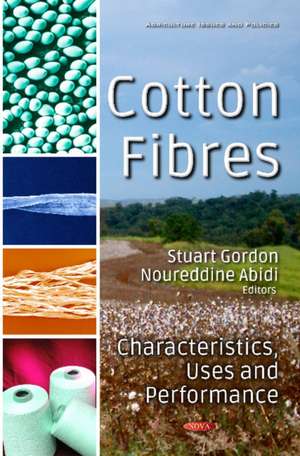Cotton Fibres: Characteristics, Uses & Performance
Editat de Stuart Gordon, Noureddine Abidien Limba Engleză Hardback – mai 2017
Preț: 1444.82 lei
Preț vechi: 1680.02 lei
-14% Nou
Puncte Express: 2167
Preț estimativ în valută:
276.50€ • 300.24$ • 232.26£
276.50€ • 300.24$ • 232.26£
Carte indisponibilă temporar
Doresc să fiu notificat când acest titlu va fi disponibil:
Se trimite...
Preluare comenzi: 021 569.72.76
Specificații
ISBN-13: 9781536109139
ISBN-10: 1536109134
Pagini: 365
Dimensiuni: 160 x 280 x 24 mm
Greutate: 0.78 kg
Editura: Nova Science Publishers Inc
Colecția Nova Science Publishers Inc
ISBN-10: 1536109134
Pagini: 365
Dimensiuni: 160 x 280 x 24 mm
Greutate: 0.78 kg
Editura: Nova Science Publishers Inc
Colecția Nova Science Publishers Inc
Cuprins
For Table of Contents, please visit our website at: https://www.novapublishers.com/catalog/product_info.php?products_id=61058
